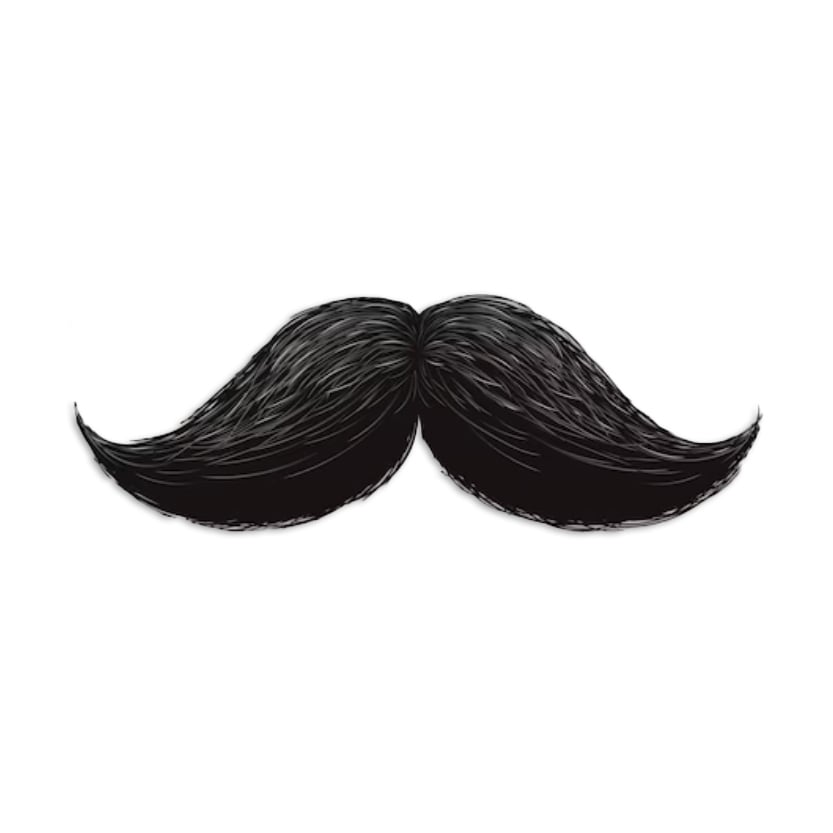Wouldn’t the simple use of exif data be able to disprove that? Also the proof of the set, clothes, etc.?
Exif data is easily modifiable.
You can modify exif data easily, but yea I think this could be verified in a myriad of ways to legitimize the photo.
EXIF data means nothing. You can set that to whatever you want. Even having cameras digitally sign photos isn’t perfect, since there’s always the option of a photo of a photo (and with sufficient tech know how, you could probably rig up a camera that takes in arbitrary data so that you could pipe in the target picture with no impact on quality).
Proof of a set is the most reasonable thing to do. That said, it’s pretty sad that someone even has to prove it. I think it’s an indication of how bad the anti-AI paranoia has gotten, such that legit photos can be rejected for merely being… too thematically similar to AI works, I guess?
I would have guessed that this was an authentic photo based on them showing up correctly in the mirror. Can AI image generators handle mirrors? That would be seriously impressive to me.
I don’t think AI would get the mirror reflection right?
Proooobably not yet. Apparently Midjourney (one of the better AIs for humans) no longer has a free trial, so I can’t test it myself. But I tried to search and there doesn’t seem to be much suggesting it can pull off a mirror realistically.
Though with how much it’s improved in just a couple of years, I’m sure it’s not far off from being able to.
Reminded me of The Book of Veles: https://www.magnumphotos.com/arts-culture/society-arts-culture/book-veles-jonas-bendiksen-hoodwinked-photography-industry/






